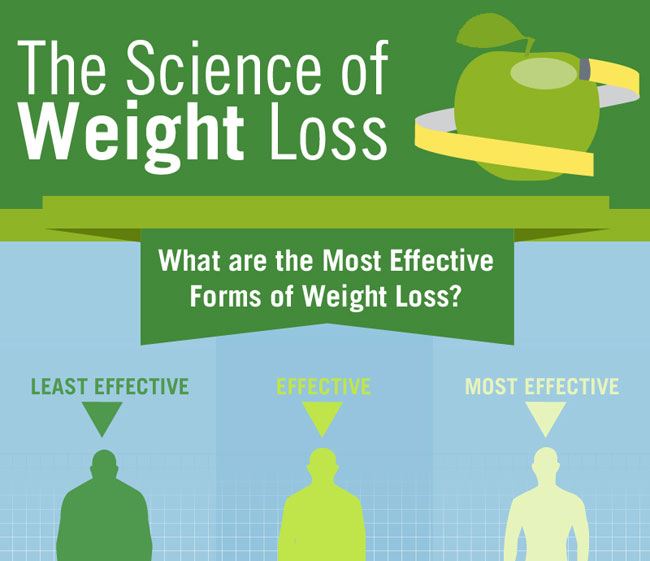The Science Behind Effective Weight-Loss Programs: What You Required To Know
The Science Behind Effective Weight-Loss Programs: What You Required To Know
Blog Article
Article By-Clausen Mays
Weight management is a subject that has gathered substantial interest recently, with countless programs and strategies declaring to provide the supreme option. Nevertheless, amidst new results medical weight loss and confusion, it is critical to understand the science behind effective weight-loss programs.
This write-up intends to provide a thorough overview of the essential principles that underpin effective weight reduction methods. It will certainly look into the function of calories in weight-loss, expose common misconceptions bordering fat burning, and emphasize the significance of lasting way of living adjustments.
By acquiring a much deeper understanding of the clinical structures of weight-loss, visitors will be outfitted with the expertise necessary to make enlightened choices regarding their very own weight-loss journey.
The Role of Calories in Weight-loss
The role of calories in weight reduction can be understood via a detailed understanding of energy equilibrium and the relevance of producing a calorie shortage.
When it pertains to weight-loss, the fundamental principle is that in order to drop pounds, you must take in less calories than you burn. This develops a calorie deficiency, which compels the body to tap into its fat stores for energy.
weight loss specialist phentermine are systems of power that are located in the food we consume, and they offer the fuel needed for the body to work. By taking in less calories than your body demands, you require it to utilize kept fat as an energy resource, inevitably resulting in weight management.
As https://3-essential-tips-for-weig31975.jts-blog.com/32254698/change-your-life-inspiring-fat-burning-program-success-stories , monitoring and controlling calorie intake is a critical aspect of any kind of reliable fat burning program.
Debunking Common Weight-loss Misconceptions
Misconceptions regarding weight-loss typically lead people to make inadequate options when it involves their diet regimen and workout regimens. It is very important to unmask these typical weight management misconceptions in order to supply accurate information and assist people make informed decisions.
Here are some common misconceptions that require to be resolved:
- Misconception 1: Crash diets are the best method to drop weight quickly.
- Misconception 2: Removing entire food groups is required for fat burning.
- Myth 3: Cardio is the only form of exercise that helps in weight reduction.
- Misconception 4: Supplements and fat heaters are the trick to losing extra pounds.
The Value of Lasting Way Of Living Changes
Lasting way of life changes are critical for long-lasting fat burning success, as they need consistent and disciplined initiatives. While quick-fix diet regimens might offer momentary results, keeping fat burning calls for a shift in practices and habits that can be sustained with time.
Adopting a balanced and nourishing diet plan, enhancing physical activity, and managing anxiety degrees are all essential components of sustainable way of living modifications. It is essential to concentrate on making gradual and realistic modifications to one's day-to-day routine, instead of counting on severe actions or limiting diet plans.
Verdict
Finally, successful weight-loss programs count on understanding the duty of calories, disproving typical myths, and executing lasting way of life changes.
Equally as a well-balanced scale stands for the significance of calorie equilibrium, debunking misconceptions serves as a magnifying glass, exposing the fact behind weight management.
Finally, lasting way of living changes function as a compass, assisting people in the direction of lasting success and a healthier future.
By embracing these concepts, people can open the trick to achieving their weight loss goals.
